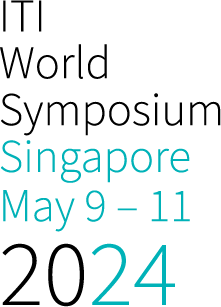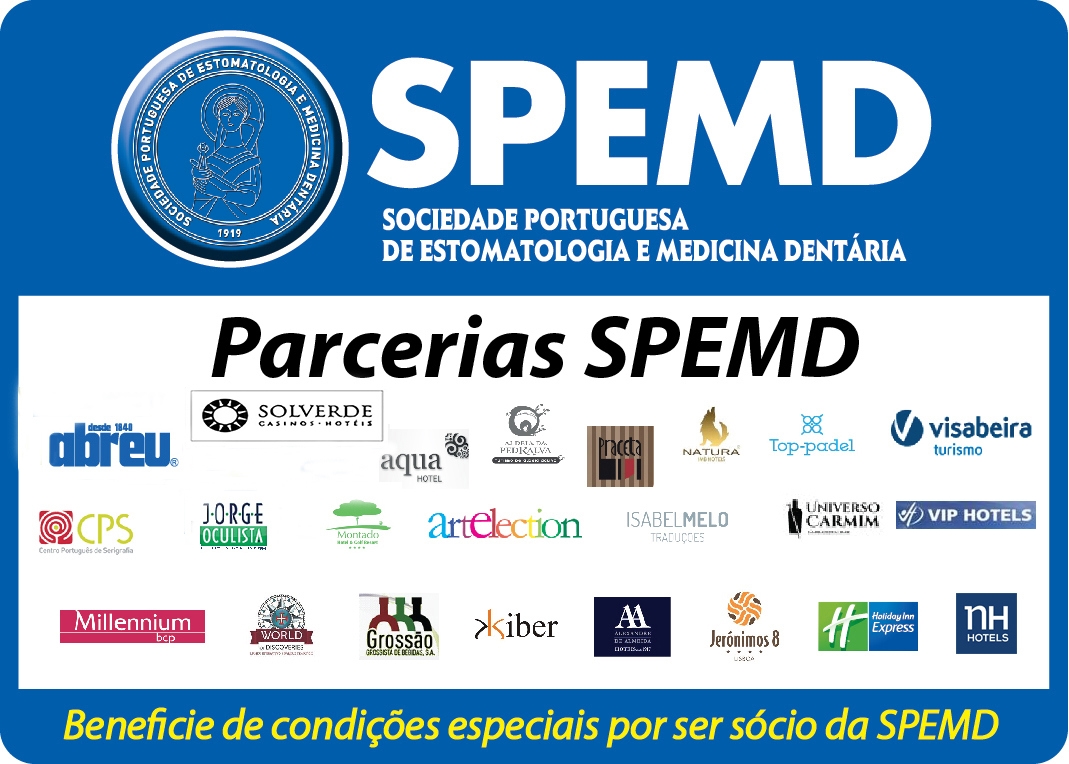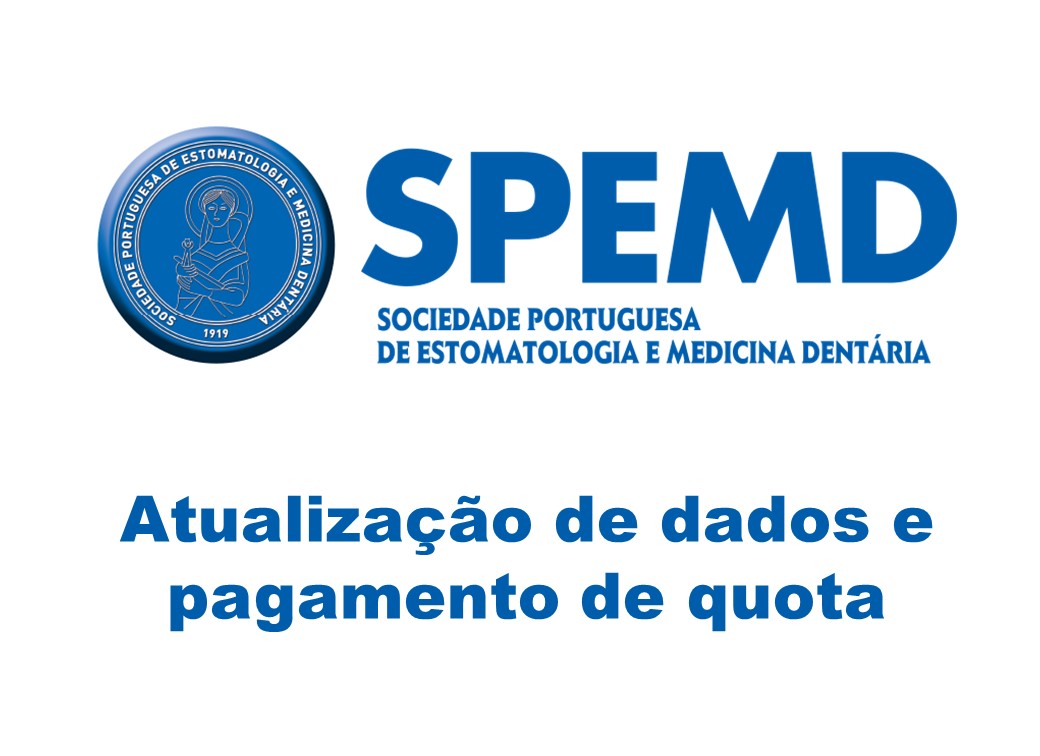
Autores: André Correia, Catarina Fonseca, Margarida Quezada, Tiago Marques, Patrícia Fonseca
Instituição: Faculdade de Medicina Dentária da Universidade Católica Portuguesa
Valor da bolsa: 200.00€
Apresentação durante o evento ITI World Symposium em Singapura, Singapura | 2024-05-09
Resumo:
OBJECTIVES
In cases involving patients with extended edentulous areas who already have existing implants and require additional implant placement, the use of osteointegrated implants for guide fixation presents a rational alternative. Existing literature suggests that guides anchored by stable structures like teeth and fixation pins offer superior accuracy and precision. Osteointegrated dental implants could potentially serve the same purpose if the guide can be securely screwed on them.
The aim of this case report is to present a dental informatics protocol for the development of a surgical guide screw-retained on existing implants and also present a maxillary full rehabilitation.
METHODS
A 51-years-old female patient with no significant medical history presented at the University Dental Clinic with a provisional full-arch implant-prosthesis in her maxilla. Six months before, the patient underwent a full-arch immediate loading procedure in the maxilla with implants placed in the areas of teeth 16, 14, 12, 22, 24 and 26, and screw-retained abutments (SRA). However, at the time of removal of the rehabilitation to proceed with the clinical steps for the final rehabilitation, two of these implants (at positions 16 and 22) were lost, requiring a reevaluation to continue the treatment.
Four months after the implant loss, the patient was submitted to a cone-beam computed tomography and an intraoral scan with scan-bodies over the SRA. These digital files were imported into Exocad® software, where a screw-retained bar was meticulously designed. Subsequently, the STL file of this bar was imported into CoDiagnostiX® implant-planning software. Virtual implant planning was carried out for positions 16 and 22, with Straumann® Bone Level Tapered Roxolid® SLActive® (NC) implants, 10.00mm length.
A screw-retained guide with fixation pins was designed and seamlessly integrated with the bar previously created in Exocad®, facilitating its attachment to the existing implants for a fully guided surgical procedure aimed at minimizing implant placement deviations. The guide was then 3D printed using a Phrozen® Mini 8k 3D printer with NextDent SG® biocompatible resin.
A prosthetically-driven implant surgery was done, and new implants were placed in positions 16 and 22, submerged. The patient continued to use the provisional prosthesis she already had.
RESULTS
Three months later, upon reevaluation, both implants at positions 16 and 22 exhibited successful osteointegration. These implants were exposed, and the treatment proceeded for the final prosthetic rehabilitation with a screwed-retained hybrid prosthesis, with a titanium framework designed in Exocad® software. A new intra-oral scanning was done, followed by a denture’s try-in, framework evaluation and final prosthetic placement. Small occlusal adjustments were done, and the prosthesis was screwed with a final torque of 15N. Patient was satisfied with the final result, and no complications were observed at the 1-year follow-up appointment.
CONCLUSION
As dental implants are a successful treatment already for a few decades, it is normal to observe patients that underwent dental implants treatment before and need now to proceed with a new prosthetic rehabilitation. In these situations, it is necessary to consider whether these implants can be used for a new prosthetic rehabilitation and/or to make a screw-retained surgical guide.
The design protocol presented demonstrates how a screw-retained surgical guide on existing dental implants can be designed to optimize implant placement with a prosthetically-driven implants surgery.


